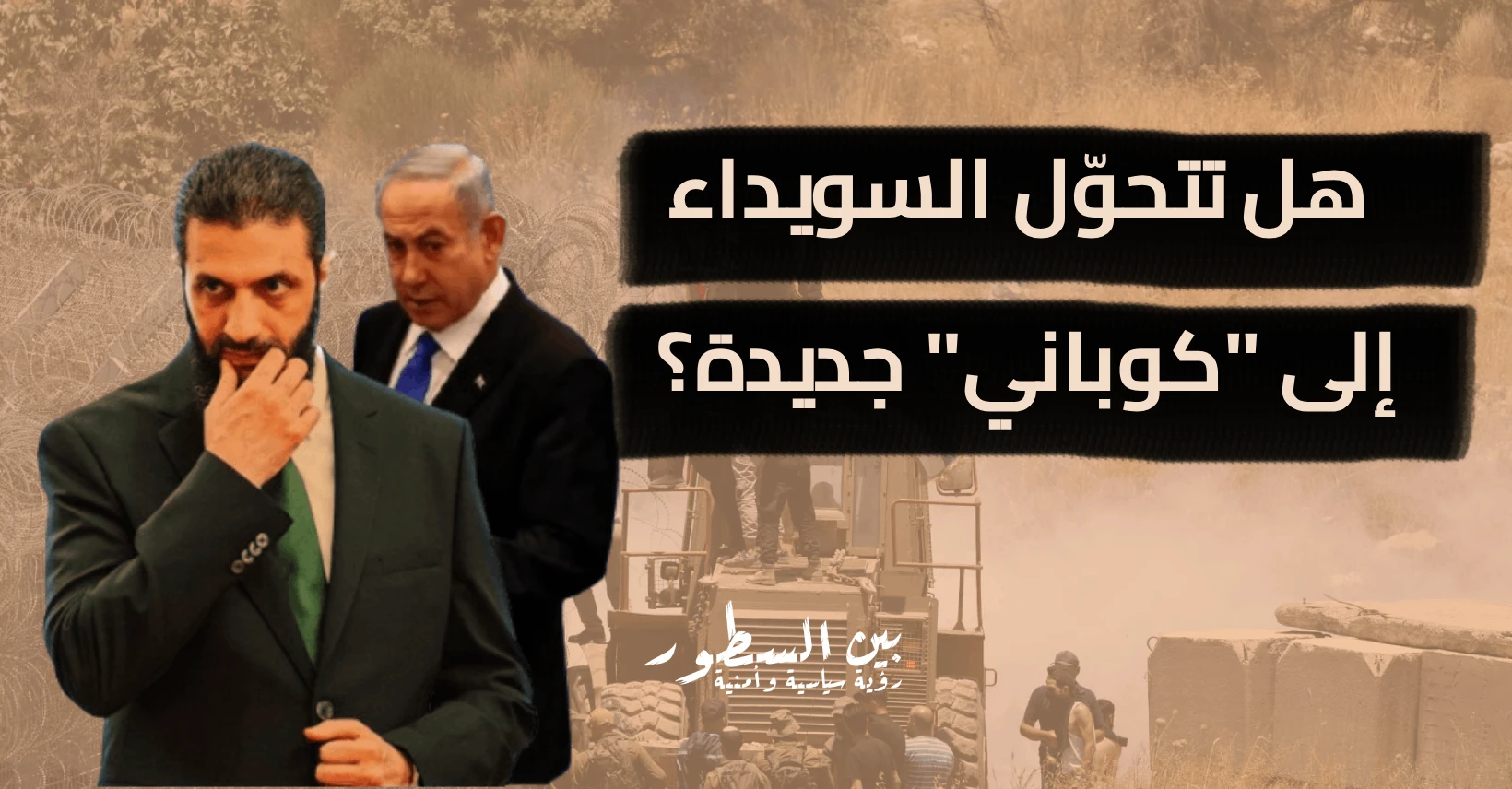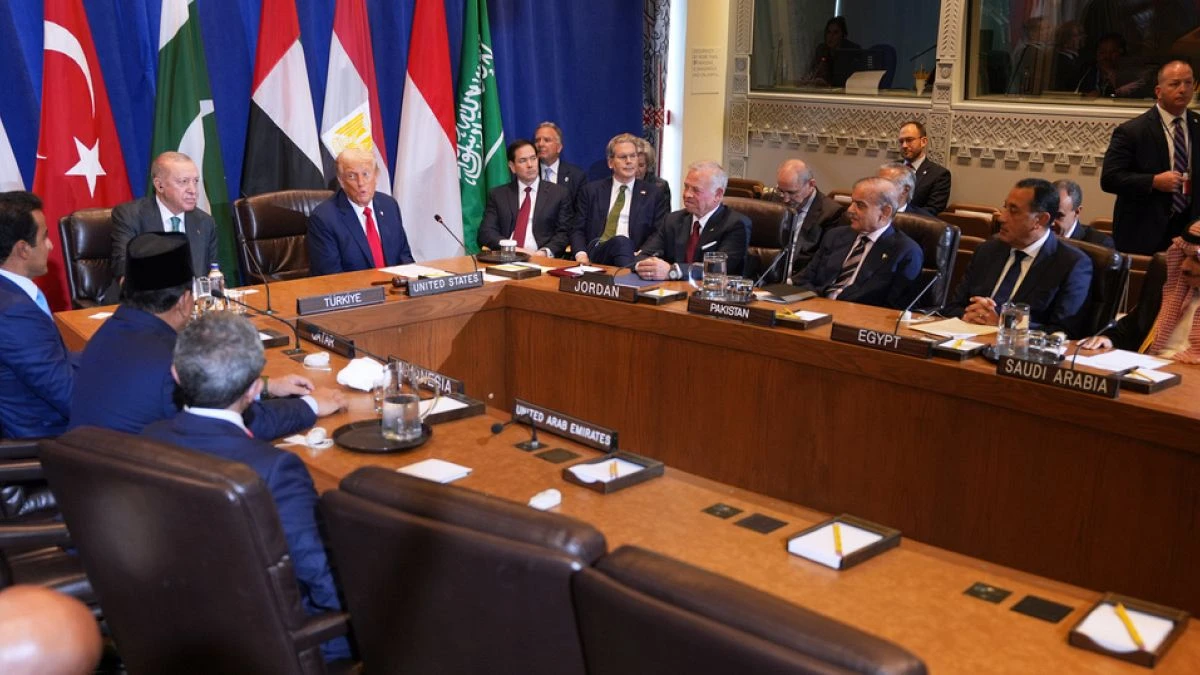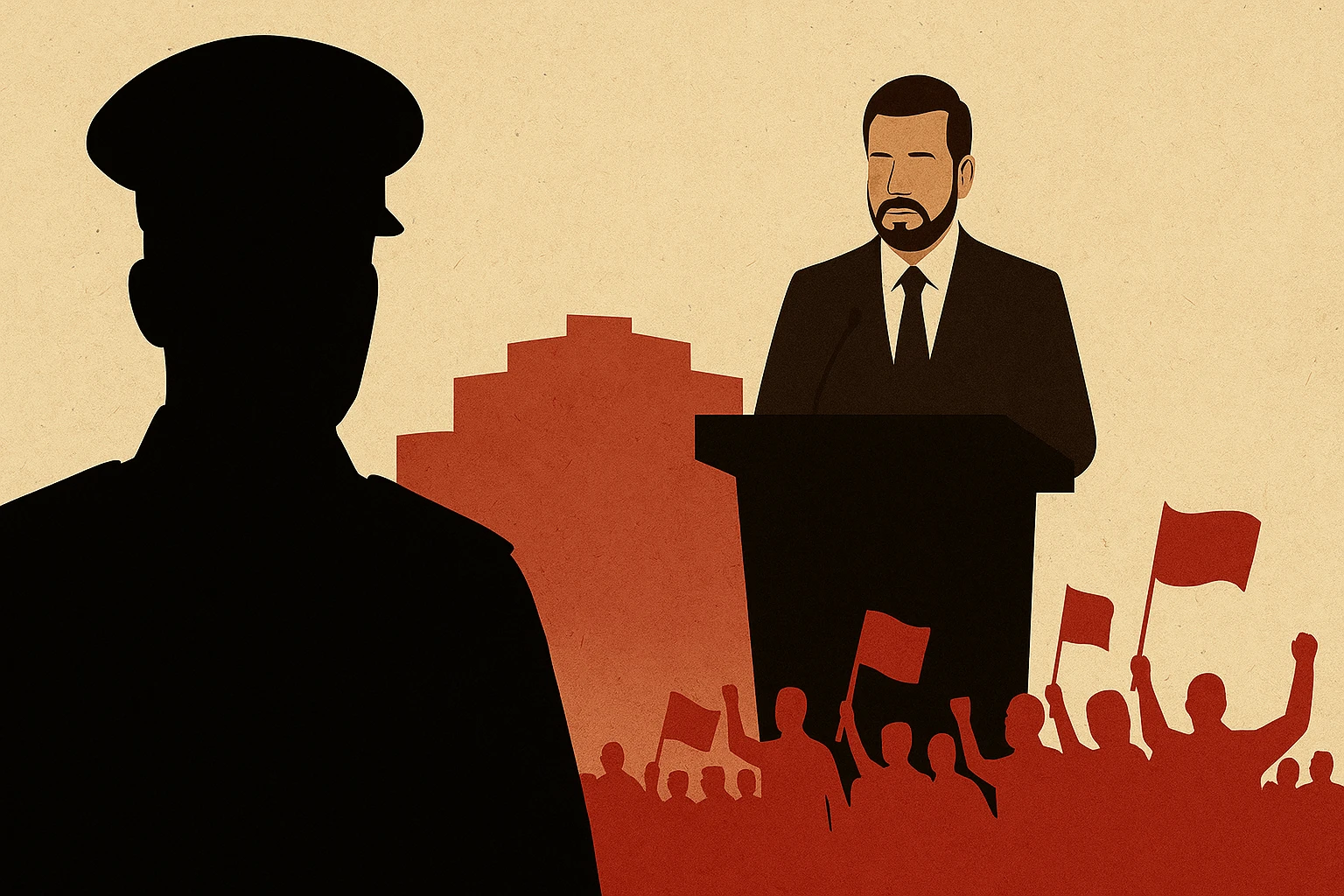Is Sweida becoming the new Kobani?
This is an AI-generated English translation. The original text is in Arabic.
A Reading on Strategic Traps and the Repetition of Collapse Scenarios
The battle of Kobani was the trap that led to the internal collapse of "ISIS," followed by a rapid external collapse. It became a historical symbol of the organization's defeat at the gates of a small Kurdish city, rich in symbolism and costly in terms of losses.
Are we witnessing a repetition of that scenario today in As-Suwayda?
Will the city turn into a new "Kobani" for Ahmad al-Shara?
Will he withdraw and lose his stature as a president, or will he seek a consensus with Israel that guarantees him a "dignified exit," or will he impose his control over it by force?
The scenarios are many, and the options are diverse. As for the American statements rejecting federalism and separation, such as those by Tom Barrack, they do not seem convincing within the context of the transformations on the ground, especially since the federal path is being reintroduced whenever the outputs of central solutions narrow.
Kobani: The Battle That Was a Trap
To understand the gravity of the comparison, one must return to the details of what happened in Kobani.
For "ISIS," the battle was an attempt to assert dominance and control over the entire northeastern region of Syria. The city was a stronghold for the Kurds and later became a national symbol for them. Turkey, at that moment, implicitly desired the organization's victory, for reasons related to the Kurdish balance, especially since "ISIS's" control over Kobani would prevent the formation of a pro-PKK Kurdish border strip.
However, the international coalition, led by the United States, intervened decisively.
Intensive airstrikes, the cessation of indirect support reaching the organization, and the freezing of Ankara's silence all contributed to transforming the battle into a strategic disaster for the organization.
According to some estimates, "ISIS" lost more than 12,000 fighters (as reported by the organization's fighters at the time, while external monitors claimed it was only a thousand dead) in the battle of Kobani alone, a staggering human loss that was not compensated.
Despite the organization's awareness of the battle's seriousness, it clung to it until the end, keen on maintaining its image as an invincible force.
Al-Adnani, the organization's spokesman at the time, emphasized "steadfastness," despite his actual acknowledgment of the battle's difficulty and the magnitude of the loss.
As-Suwayda: Is the Trap Being Reproduced?
The question now is: Will As-Suwayda turn into another Kobani, but under a different project?
Will al-Shara's forces be lured into a war of attrition that produces a new reality, just as happened after Kobani, when SDF later formed and became the strongest American arm in Syria, expanding into areas of ISIS until it engulfed them?
Are we facing a tactical repetition of the same trap but with new faces and different tools?
The scene remains ambiguous, and the plans are not fully formed.
But it is clear that every major battle in Syria does not end with a mere military loss; rather, it begins subsequent significant strategic transformations, both regionally and internationally.
So, is As-Suwayda the next beginning?








